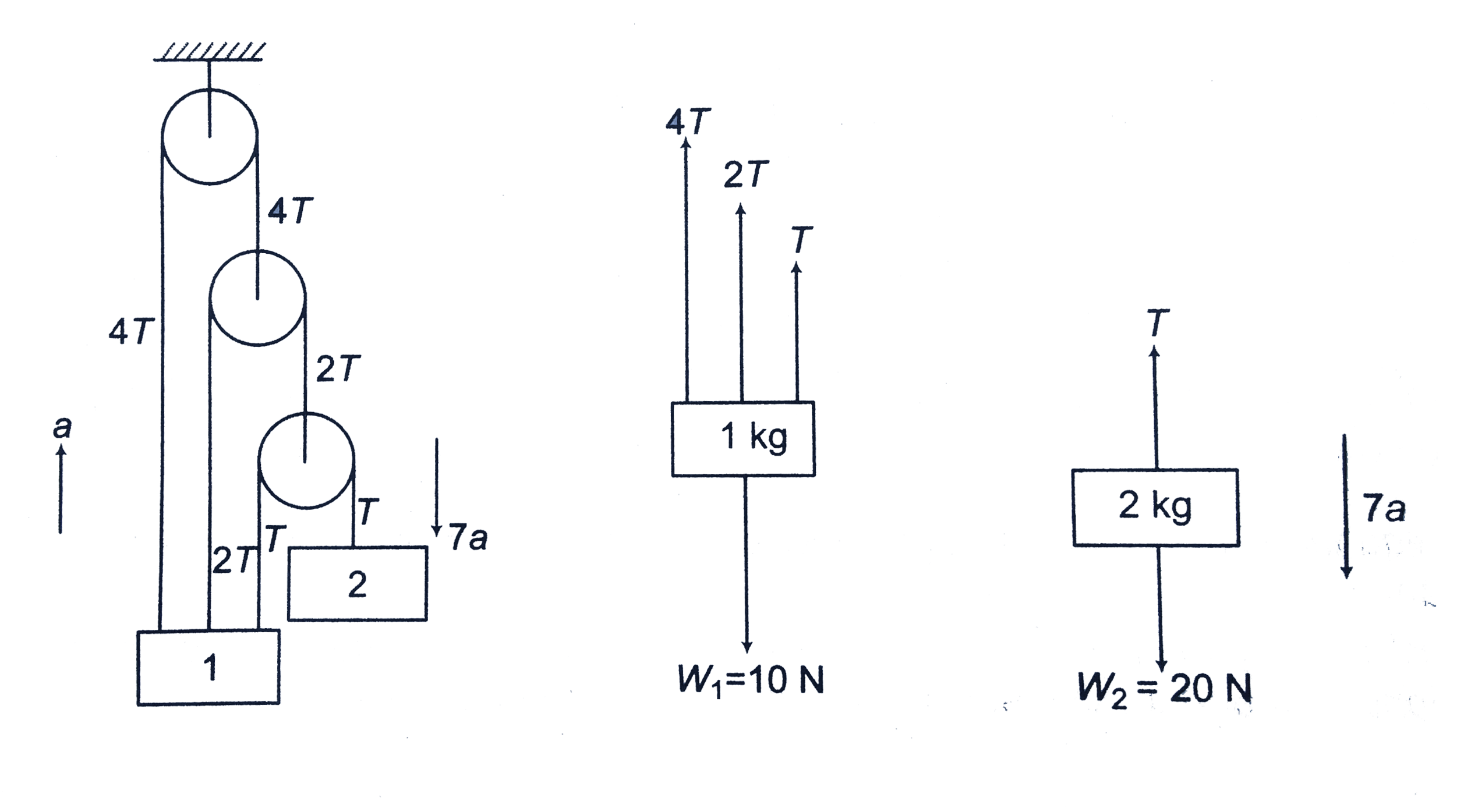Recommended Questions
- In the above example, if two blocks have masses 1kg and 2kg respectiv...
07:56
|
Playing Now - In the adjacent figure, masses of A,B and C are 1kg ,3kg and 2kg respe...
08:20
|
Play - In the above example, if two blocks have masses 1kg and 2kg respective...
07:56
|
Play - Two blocks A and B of masses 1kg and 2kg have acceleration (2hat(i))m/...
03:55
|
Play - Two block tied with a massless string of length 3m are placed on a rot...
06:22
|
Play - In the arrangement shown in Figure, mA=2kg and mB=1kg . String is ligh...
04:00
|
Play - Find out the acceleration of 2kg block in the figures shown at the ins...
03:41
|
Play - A 2kg block lying on smooth table which is connected by a body of mass...
03:30
|
Play - A 2kg block lying on smooth table which is connected by a body of mass...
03:30
|
Play
